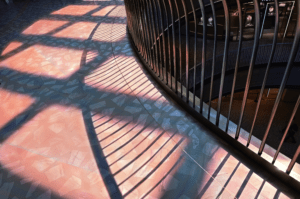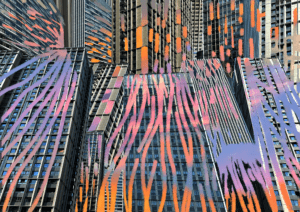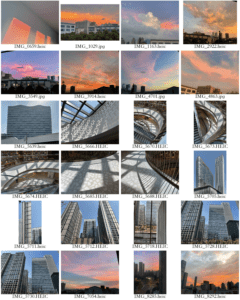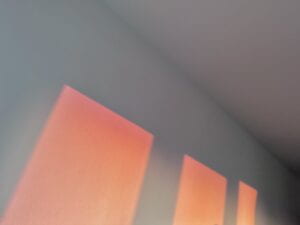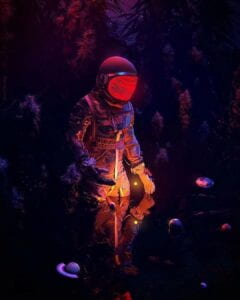In the age of digital reproduction, documentary forms have become an important part of the contemporary economy of affect. The need for objective, institutionally guaranteed, even scientific integrity is successfully being replaced by the desire for intensity. In the article “The Uncertainty of Documentarism”, Steyerl discusses the uncertainty of documentary images in the digital age, using the example of CNN’s live broadcast during the invasion of Iraq in 2003, and argues that these low-resolution images, which bore little resemblance to reality, seemed authentic because of their lack of focus and uncertainty. She thinks that documentary images are powerful because there is no more unbroken belief in their truth. Their uncertainty reflects the precarious nature of contemporary lives and the uneasiness of any representation. The article concludes that the truth of these images lies in their expression rather than representation, reflecting the stage of visuality increasingly defined by images where one can see less and less.
By “unbroken belief”, Steyerl is referring to the idea that documentary films and videos are typically assumed to represent objective truth or reality. However, she also says that this belief is not always accurate, as documentaries can be constructed and edited in ways that shape the viewer’s understanding of the subject matter. She suggests that this “unbroken belief” in the documentary form is being challenged by contemporary artists and filmmakers who are exploring the ways in which truth and reality can be manipulated in media.
When a movie or film is based on a true story, the filmmaker is usually trying to represent some version of the truth. But because the story is being told through the medium of fiction, the filmmaker has more control over how the story is presented, which can lead to manipulation of the facts or selective emphasis on certain events or characters. Similarly, when a work of fiction is inspired by real-world events, it can influence how people understand those events and shape public perception of the truth.
The authenticity and representation of truth in media can have a significant impact on how people understand the world around them. Misinformation or distorted representations of the truth can lead to confusion, misunderstanding, and even harm. On the other hand, accurate and authentic representations of the truth can help people make informed decisions, form opinions, and act in ways that are beneficial to society.
A live broadcast is a type of media production that is transmitted in real-time, often through television or internet streaming. Live broadcasts can be used to deliver breaking news, sports events, concerts, and other types of programming that require immediate and simultaneous access for a large audience. The role of a live broadcast is to provide an authentic and immediate experience to the audience, allowing them to feel as if they are part of the event as it unfolds. Additionally, live broadcasts can help to ensure that the information being delivered is accurate and up-to-date, as there is no opportunity for editing or manipulation.
